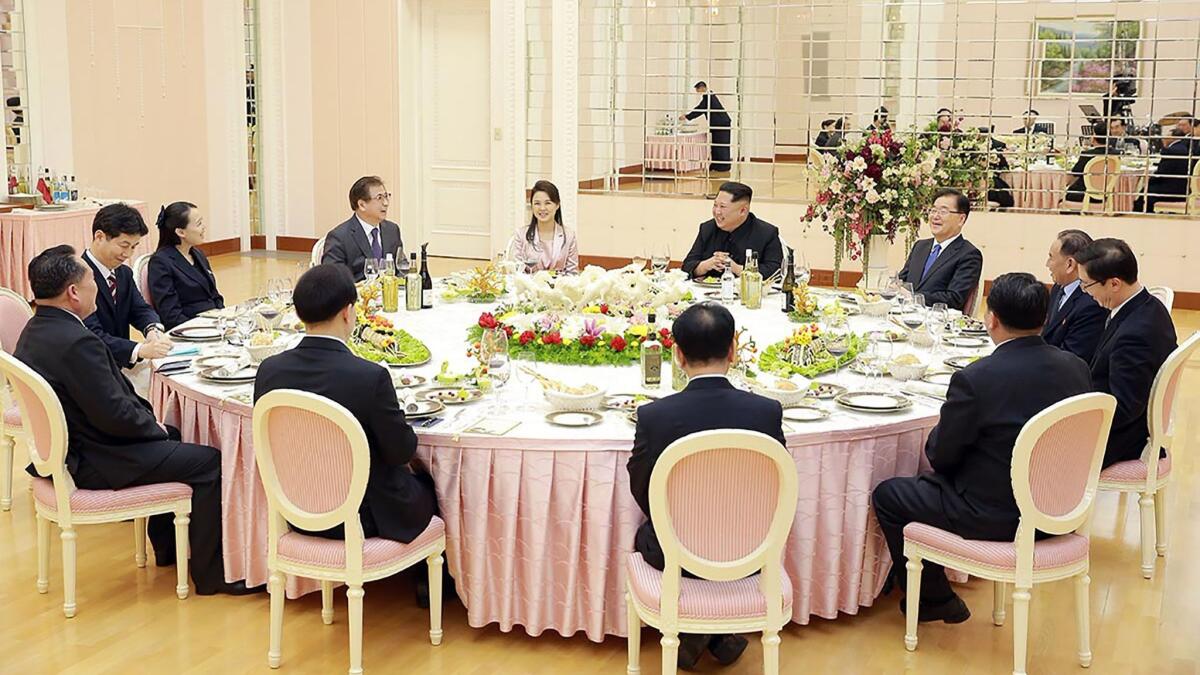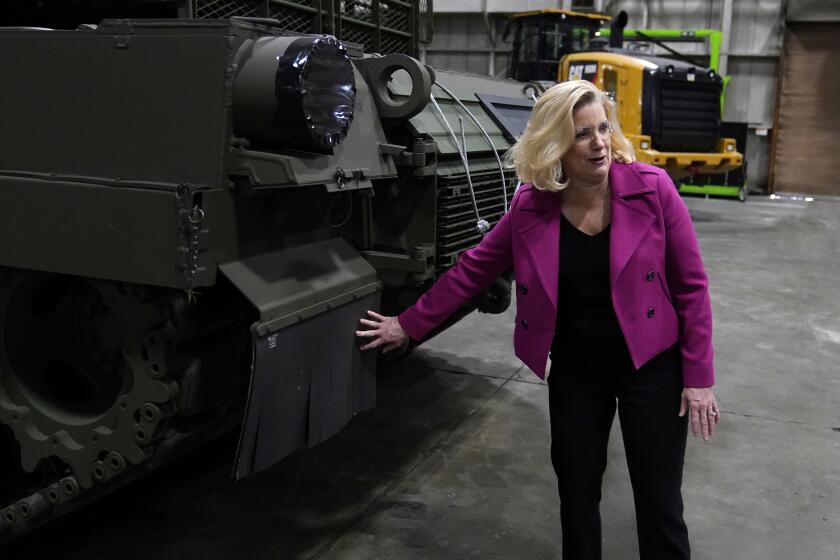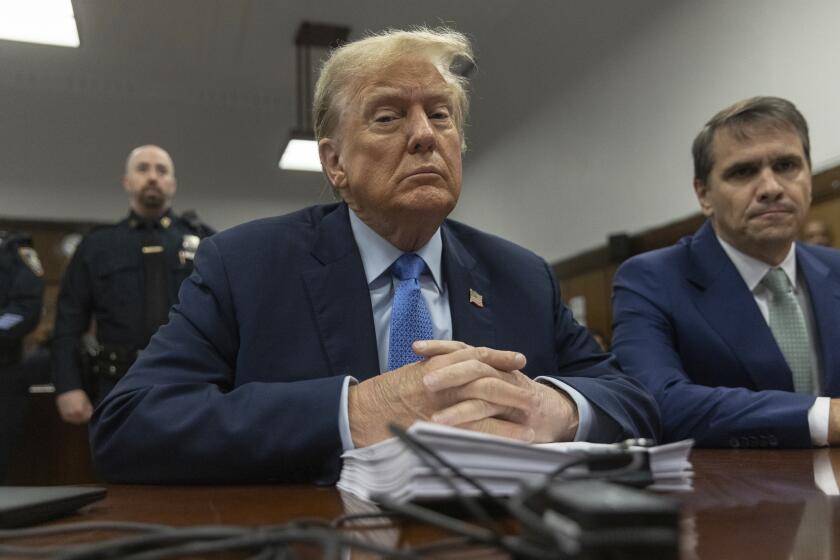Can negotiations create a nuclear-free North Korea? Don’t bet on it

Over the last three decades, every U.S. president has used a mix of incentives and penalties in an effort to persuade North Korea’s reclusive leaders to abandon their quest for nuclear weapons.
Yet each failed, and North Korea has pushed forward with building increasingly sophisticated warheads and the ballistic missiles capable of carrying them across the Pacific Ocean.
Now Kim Jong Un, the country’s autocratic ruler, is offering to freeze his illegal weapons programs as a start to new negotiations with the United States. Here’s a look at what’s happened in the past.
1986
The nuclear program begins
With help from the Soviet Union, North Korea powers up a 5-megawatt nuclear reactor. The facility took seven years to build.
1994
An agreement with the United States
North Korea agrees to shut down the reactor, which was capable of producing fuel for nuclear weapons. In return, the United States offers to help the impoverished country build two new reactors that are capable of generating only electricity.

2002
Moving toward a bomb
During his State of the Union address, President George W. Bush labels North Korea a member of an “axis of evil,” together with Iran and Iraq. Later that year, North Korean officials admit to a visiting U.S. delegation that their country has been enriching uranium, a potential fuel for nuclear weapons. The U.S.-backed construction of the two new reactors is suspended.
2003
Six countries start talking
North Korea withdraws from the international Nuclear Nonproliferation Treaty. But it then joins negotiations with China, Japan, Russia, South Korea and the United States, a process known as the “six-party talks.”
2006
Nuclear testing begins
North Korea conducts its first nuclear test by detonating a weapon underground in an isolated area. Five more tests follow, including one last September of a thermonuclear device. Leaders declare the country “a proud nuclear power.”

2007
Signs of progress, then backsliding
The six-party talks lead to a tentative agreement to bring North Korea back to the bargaining table to negotiate the elimination of its nuclear weapons. That same year, North and South Korea start working toward a peace treaty to formally end the Korean War, rather than the uneasy ceasefire that has been in place since 1953.
The multi-pronged diplomacy eventually broke down. The six-party talks were suspended, no peace treaty was signed, and North Korea pushed forward with its weapons program.
2017
Ready for liftoff
North Korea announces it has launched its first intercontinental ballistic missile, which the United States calls "a new escalation of the threat.” A second missile test is deemed capable of reaching anywhere in the continental United States.
But U.S. officials don’t believe Pyongyang yet has developed a nuclear warhead small enough and robust enough to survive a ballistic missile’s fiery reentry into the atmosphere.
2018
New talks?
South Korean officials visited the North Korean capitol of Pyongyang this week, then made a surprise announcement after returning to Seoul. North Korean negotiators said they would stop new nuclear and ballistic missile tests in return for talks with the United States.
President Trump responded with skepticism. “May be false hope, but the U.S. is ready to go hard in either direction!” he tweeted.
Start your day right
Sign up for Essential California for news, features and recommendations from the L.A. Times and beyond in your inbox six days a week.
You may occasionally receive promotional content from the Los Angeles Times.



